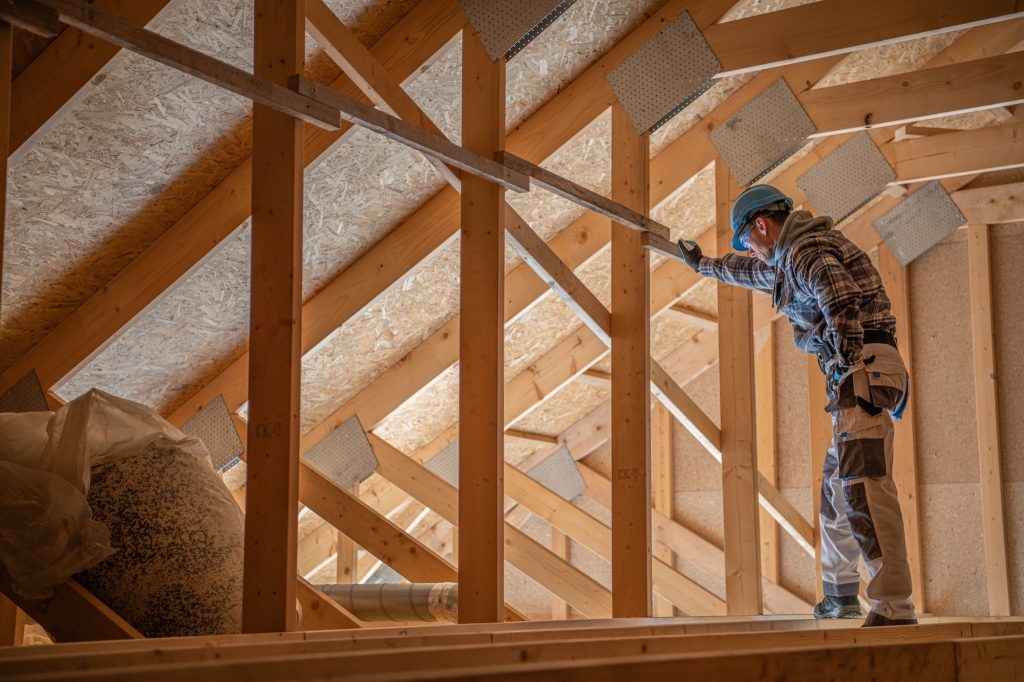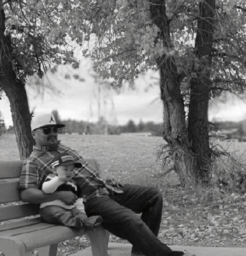If your home was built before the 1990s, there’s a good chance you’ve wondered whether the insulation in your attic or walls contains asbestos. It’s a smart question—and while most people hope for a quick visual clue, the truth is a little more complicated. In this guide, we’ll break down what asbestos insulation is, where it’s typically found, what it might look like, and what to do if you suspect it’s in your home.
What Is Asbestos Insulation?
Asbestos insulation is made from naturally occurring mineral fibers that are strong, heat-resistant, and durable. That made it incredibly popular in home construction for most of the 20th century. Major manufacturers like Armstrong and Owens Corning used asbestos in products ranging from pipe wraps to attic insulation.
By the mid-1970s, the Environmental Protection Agency (EPA) started phasing out asbestos insulation due to its severe health risks. While many uses were banned or restricted by 1990, certain materials—especially vermiculite insulation—continued to be installed in homes well into that decade.
Where Is Asbestos Insulation Typically Found?
Asbestos insulation was widely used in areas of the home where heat, fire protection, or soundproofing was needed. Common places you might find it include:
- Attics
- Ceilings (especially with spray-on applications)
- Around pipes and ductwork
- Inside electrical boxes
- On or around boilers and furnaces
These materials can be hidden behind walls or ceilings, so you may not even know they’re there until you start a renovation.
What Does Asbestos Insulation Look Like?
Unfortunately, there’s no one-size-fits-all visual for asbestos insulation. Asbestos in its raw form appears as gray or silver crystals with tight fibers. But once it’s processed, mixed with other materials, and installed in your home, identifying it by sight becomes nearly impossible. It also doesn’t have a distinctive smell – making it especially difficult to correctly identify without testing.
That said, here’s a general idea of what some asbestos-containing insulation might look like:
Loose-Fill or Blown-In
Loose-fill asbestos insulation—especially vermiculite—resembles gravel or small pebbles. It’s typically gray-brown or silvery-gold and has a flaky, rock-like texture. This type was poured into attics or blown into wall cavities. If your home was built before 1990 and you spot this kind of material, it could be contaminated with asbestos—especially if it came from the now-closed Libby, Montana mine, which produced most of the asbestos-tainted vermiculite in the U.S.
Important: Even if it looks like vermiculite, only lab testing can confirm whether asbestos is present.
Spray-On
Spray-on asbestos insulation appears as a thick, grayish coating on ceilings or walls—especially in basements or commercial buildings. It may look rough, lumpy, or textured like cottage cheese. This type is especially hazardous when disturbed, as it contains a high percentage of loose asbestos fibers.
Other Types
- Block Insulation: Looks like white or gray rectangular boards, similar to rigid foam, but made from compressed asbestos fibers.
- Pipe Wraps: Wrapped around hot water pipes or furnaces, asbestos pipe insulation can appear in two forms:
- Air-cell insulation – resembles gray or off-white corrugated cardboard.
- Asbestos wool – fibrous, wool-like material, often fraying with age.
Types Of Insulation That Likely Don’t Contain Asbestos
Most modern insulation products are asbestos-free. If your home was built or remodeled after 1990, there’s a good chance your insulation is safe. Here’s what that usually looks like:
- Fiberglass Batt or Blanket Insulation: Often pink, yellow, or white, and comes in pre-cut strips.
- Cellulose Insulation: Made from recycled paper; soft, gray, and fluffy with no shine.
- Loose-Fill Fiberglass: White, shiny, and cotton-candy-like in texture.
- Rock Wool (Mineral Wool): Usually gray or white, with a soft, fibrous texture. Made from molten rock spun into fibers.
These materials don’t contain asbestos and are widely used in today’s construction.
What To Do If You Think You Have Asbestos In Your Home
If you suspect asbestos insulation in your home, the most important thing is not to disturb it. Asbestos only becomes dangerous when fibers become airborne and are inhaled.
Here’s what you should do instead:
- Visually inspect from a safe distance. Don’t poke, move, or try to collect a sample yourself.
- Hire a certified asbestos inspector or testing professional. They’ll safely take a sample and send it to an accredited lab for analysis. Home testing kits are available, but they should still be mailed to a lab and handled with extreme caution.
- Wait for lab results. If the test confirms asbestos, you’ll want to call a licensed asbestos abatement contractor.
- Don’t delay if the material is damaged or friable. If the insulation is flaking, crumbling, or appears disturbed, seek professional help immediately—even before test results return. Asbestos particles can stay in the air for days if disturbed, so don’t risk exposure.
When to Get Asbestos Abatement Services
Once asbestos is confirmed in your home, removal or encapsulation may be necessary. You’ll want to consider asbestos abatement if:
- You plan to renovate or demo an area with asbestos-containing insulation;
- The insulation is visibly deteriorating or crumbling;
- You’re selling your home and need to disclose known hazards;
- You simply want peace of mind and a safer indoor environment.
Asbestos abatement should never be a DIY project. It involves specialized equipment, protective gear, and proper disposal methods to comply with local and federal regulations.
Get A Quote For Asbestos Abatement Services Today
Concerned your home may have asbestos insulation? Don’t take chances. Our certified abatement team at Mile High Environmental Services can test, assess, and remove asbestos safely and efficiently. Contact us today for a no-obligation quote and let’s make your home a safer place to live.


